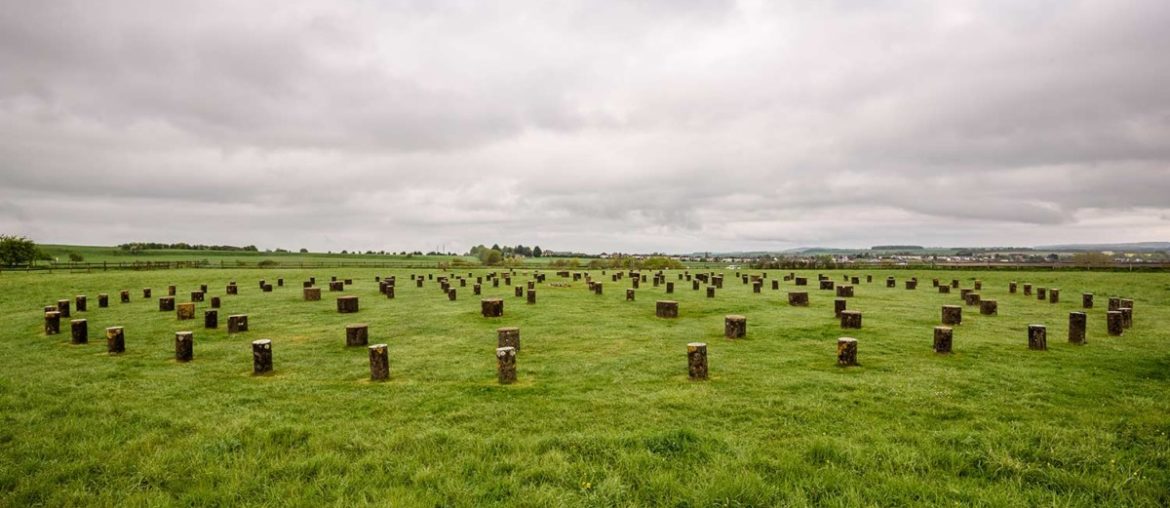Stonehenge is one of the most famous prehistoric monuments in the world, which is no surprise given its mysterious origins, architectural prowess and very old age. However, Stonehenge isn’t a standalone attraction. It’s actually just one of around 350 sites that make up a unique, ancient landscape.
If you want to get an insight into how this landscape appeared while visiting Stonehenge on one of our incredible Stonehenge tours, you need to head over to Woodhenge, which is around two miles away.
But what exactly is Woodhenge? And why is it worth a look? Here’s what you need to know about this ancient site as we answer the following questions:
- What is Woodhenge?
- When was Woodhenge discovered?
- What was Woodhenge used for?
- What are Woodhenge’s points of interest?
- Is there any connection between Woodhenge and Stonehenge?
Learn more below!
What is Woodhenge?
Woodhenge is a Neolithic construction that consists of six concentric rings of timber, thought to have been built around 4,500 years ago. Its origins remain debated, but most historians and archaeologists agree it was likely built by the same people who constructed Stonehenge. Like Stonehenge, Woodhenge is a UNESCO World Heritage Site. It may be less touristy than its more famous counterpart, but that only adds to its appeal.
When was Woodhenge discovered?
Despite being around 4,500 years old, Woodhenge wasn’t rediscovered until 1925, when squadron leader Gilbert Insall noticed strange rings on the ground after reviewing aerial photographs. The area was excavated between 1926 and 1928. Maud and Benjamin Cunnington found postholes arranged in concentric rings. After realising the site was a henge rather than a disc barrow, its name was changed from Dough Barrow to Woodhenge.
What was Woodhenge used for?
Just like Stonehenge, the true purpose of Woodhenge remains unknown. It was once thought that Woodhenge was a prototype for Stonehenge, but evidence has proven that the construction of Stonehenge began around 500 years earlier than Woodhenge. Many archaeologists believe the site was a burial ground, given its prevalence in the region.
Points of interest at Woodhenge
While we don’t know precisely how Woodhenge looked back in its heyday, it is estimated that the tallest timber posts extended as high as 31 feet. In total, there are six concentric rings at the site. In the middle of the construction, there’s a pyre with an eerie tale.
The pyre towards the site’s centre is a cairn of flint, which conceals a pit that once contained the remains of a child with a cracked skull. Whether or not the child was sacrificed or simply buried here remains a mystery. The remains of a teenage male were also discovered towards the eastern side of the outer ditch.
Is there any connection between Woodhenge and Stonehenge?
While many experts agree that Woodhenge was likely built by the same people who constructed Stonehenge, its exact use and relationship with the famous monument remain unknown. Like Stonehenge, Woodhenge’s oval rings appear to point to the winter and summer solstice. Today, the original posts are no longer visible, but concrete markers have been placed in their position, allowing you to get an idea of what the site once looked like.
Are you planning a trip to Wiltshire to learn more about the Neolithic sites of Stonehenge and Woodhenge? Check out our range of Stonehenge tours.



